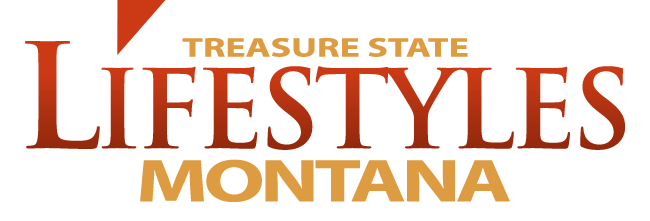O Holy Night
Written as a festive poem in 1847 by Placide Cappeau, “Cantique de Noel,” was composed to music by Adolphe Charles Adams. The song was sung at Christmas Eve mass, and a decade later, songwriter John Sullivan Dwight introduced the song in America. As an abolitionist, Dwight was moved by the lyrics “Truly He taught us to love one another; His law is love and His gospel is peace. Chains shall He break for the slave is our brother; And in His name all oppression shall cease.” The English lyrics quickly became popular, especially in the North during the Civil War. In 1906, “O Holy Night” became the second piece of music to be broadcast on the radio.
Silent Night/
Originally written in German, ‘Stille Nacht’ was composed in 1818 by Franz Xaver Gruber with lyrics by Joseph Mohr. It was translated to English in 1859. During the Christmas truce of 1914 (World War I), the carol was sung simultaneously by English and German troops.
White Christmas
White Christmas
“White Christmas” was written by Irving Berlin for the 1942 movie Holiday Inn, starring Bing Crosby and Marjorie Reynolds. The song won the Academy Award for Best Song of the Year, and Bing Crosby’s recording has been named the best- selling single of all time by the Guinness World Records. (It has sold more than 100 million copies around the world.) “White Christmas” is also the most recorded Christmas song of all time, with over 500 different recordings to date.
Rudolph the Red-Nosed Reindeer
The story of Rudolph, the Red Nosed Reindeer came from the imagination of Robert L. May in 1939. His employer, Montgomery Ward Company, wanted a new children’s Christmas story that they could put in a giveaway booklet as a shopping gimmick, and they knew that May had a knack for writing children’s stories. May had often been taunted when he was young because he was small and shy. Mixing that together with the story of the Ugly Duckling, he came up with the idea of a reindeer who was an outcast in his community because of his glowing red nose. Montgomery Ward distributed a total of six million copies of the story by the end of 1946. In 1949, songwriter Johnny Marks set the story to music. With Gene Autry on vocals, the recording climbed all the way to number one on U.S. music charts. In 1964, Rankin/Bass incorporated both the story and the song in their stop-motion animated classic Rudolph the Red-nosed Reindeer. It has been telecast every year since, making it the longest continuously running Christmas TV special in the United States.
Do You Hear What I Hear
Recorded over 100 times by various artists, “Do You Hear What I Hear” has become deeply associated with the Christmas season—much to the surprise of its creators, Noel Regney and Gloria Shayne, who wrote the song in 1962 as a “prayer for peace” during the Cuban Missile Crisis. (The star “with a tail as big as a kite” isn’t meant to be the Star of Bethlehem; it’s a missile.) The Harry Simeone Chorale (also known for performing “Little Drummer Boy”) first released the song in November 1962 and sold over 250,000 singles before Christmas that year.
You’re a Mean One, Mr. Grinch
The production value of How the Grinch Stole Christmas was unprecedented for 1966. Not only did the 26-minute cartoon have a massive budget of $300,000 (more than $2 million today), it involved both the legendary author of the story, Theodore Geisel (Dr. Seuss) and master animator Chuck Jones, the man behind the most memorable Looney Tunes. Geisel wrote the song lyrics for the special, and though narrator Boris Karloff is often credited with singing the title song, it was actually Thurl Ravenscroft—the voice behind Tony the Tiger— who leant his GR-R-REAT pipes to “You’re A Mean One, Mr. Grinch” (because Karloff couldn’t sing).


